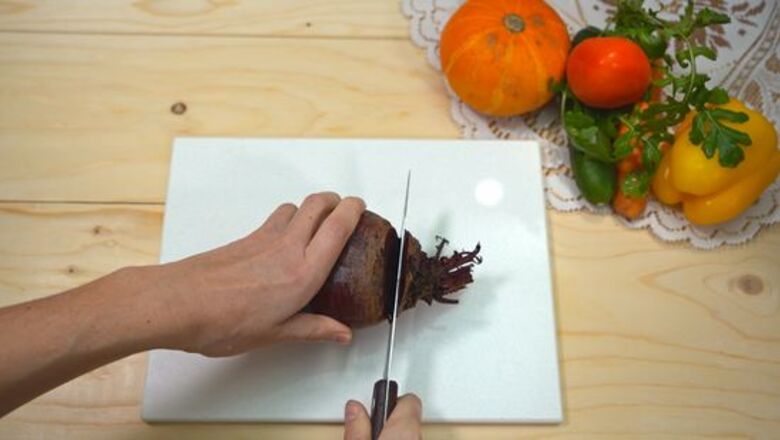
views
Prepping Beets
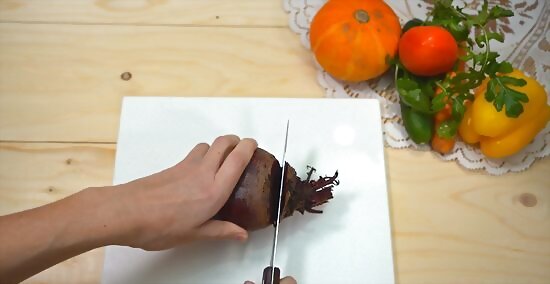
Cut the top greens and root end off the beets with a sharp, serrated knife. Toss the roots. You can keep the greens for your juice if you want—they taste similar to spinach and are loaded with calcium and other nutrients.
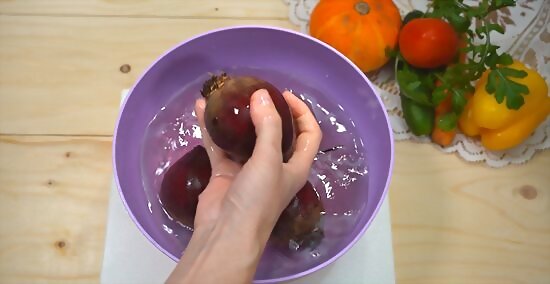
Scrub the beets with a vegetable brush and cool water. Since beets are root vegetables, the skin is going to be pretty dirty. Hold the beets under running water as you scrub the dirt off. You can also try soaking the beets in cool water for a few minutes, then scrubbing them. Soaking can help loosen up the dirt so it comes off more easily.
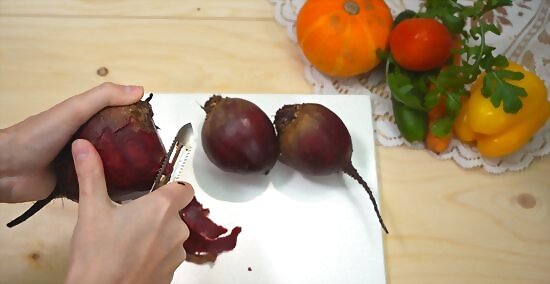
Peel the beets with a vegetable peeler if you want. You can juice beets with the peel intact for higher nutritional content. But the peel also increases the earthy taste. If you don't like that, go ahead and remove the peel. If you're not sure what you prefer, make 2 batches, one with and one without the peel—then do a taste test.
Using a Juicer
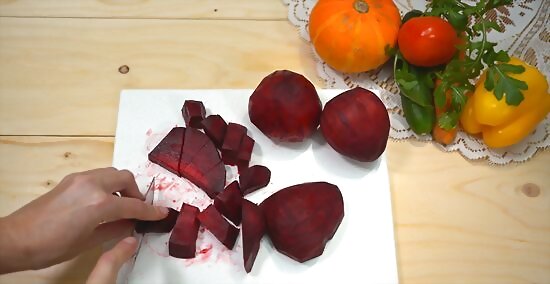
Cut your beets into small chunks. Beets are relatively hard vegetables, so you want to make sure the chunks are small enough that your juicer won't burn out. Make sure the chunks you cut are a little smaller than the size of the feed chute on your juicer.
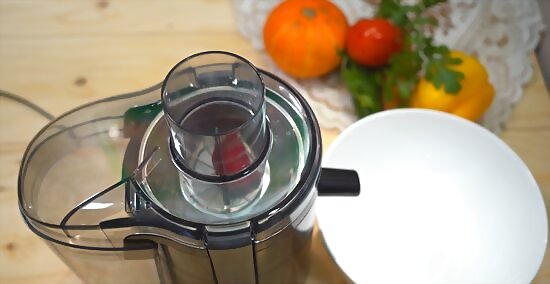
Feed the chunks of beet into the feed chute. Set up your juicer, then drop the chunks one at a time into the feed chute. Wait until the juicer has completely processed one chunk before introducing another.
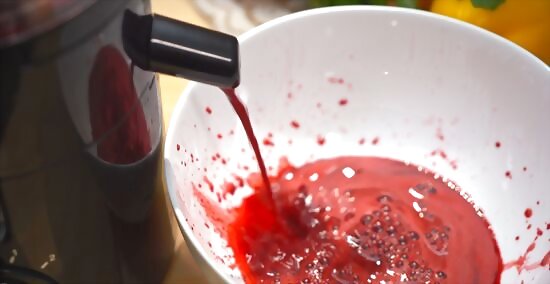
Use the juicer's plunger to gently push the chunks through. Go slowly here to give the juicer time to work. Beets are pretty hard, so it can take your juicer a little time to work through them. The pulp you're left with will be pretty dry—which is a good thing! It's great for your compost pile if you want to make sure you get as much out of your produce as possible.
Using a Blender
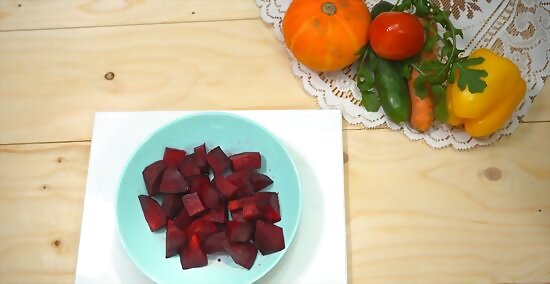
Cut your beets into quarters. This size is typically small enough for a blender or food processor to handle. Just keep in mind that the smaller the chunks, the less your appliance will have to work.
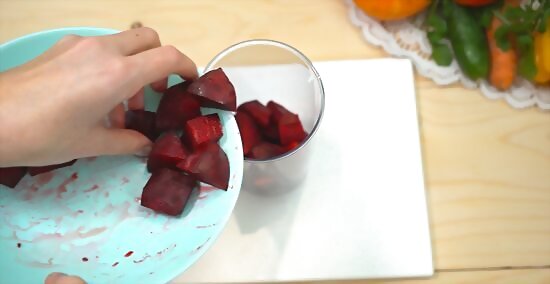
Put your beets in the blender or food processor with 1/3 cup (79 ml) water. The water helps your appliance run more smoothly to break down the beets. It also dilutes your beet juice a little so the taste isn't as strong. You can use any liquid in place of water—try a fruit juice to balance out the earthy flavor of the beets.
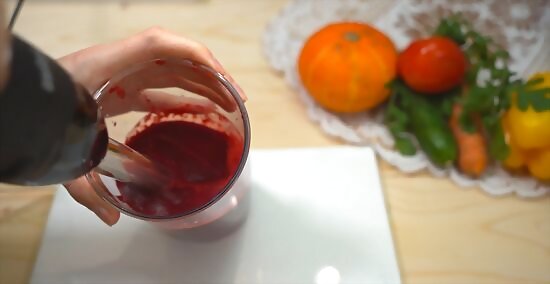
Puree the beets on high speed until they're smooth. This usually takes 30-60 seconds. You'll know it's done when you no longer see any large chunks. Go for a consistent texture, even though it'll still be pretty thick and pulpy.
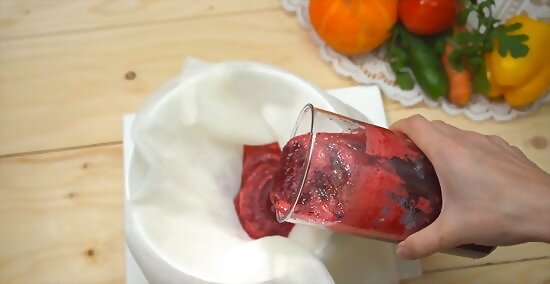
Strain the puree through a cheesecloth to separate the juice and pulp. Cut two 24-inch (61-cm) long pieces of cheesecloth. Stack the two on top of one another, then fold them in half to create four layers. Place the layered cheesecloth inside a large bowl, then pour the puree through the cheesecloth. Gather the edges of the cheesecloth together and twist them closed to make a sack. Twist the edges together, then squeeze down to further extract the juice into the bowl. You can also use a nut milk bag or fine mesh strainer, which might not be as messy.
Recipe Variations
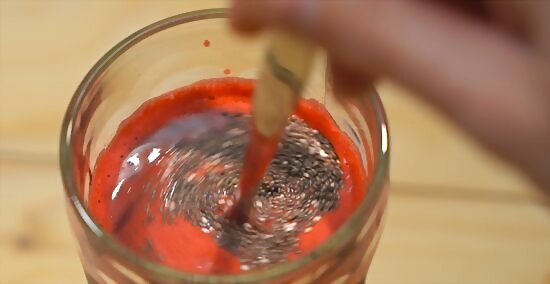
Juice apples and carrots for a naturally sweet beetroot juice. If you're using a juicer, juice the beets first, then the apples, then the carrots. You can also add in about a tablespoon (15 grams) of chia seeds to replace some of the fiber you lost during the juicing process. If you're using a blender or food processor, throw all of your vegetables in together with about 1/3 cup (79 ml) of water or apple juice.
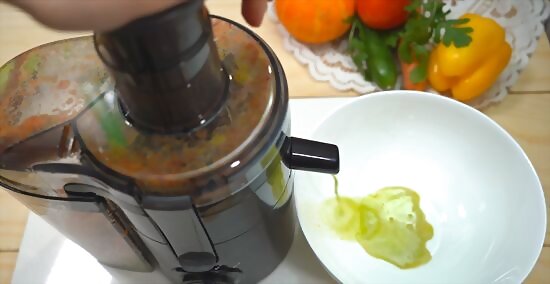
Mix in cucumber, lemon, and ginger for zingy beetroot juice. Lemon and ginger are a classic combination and the cucumber adds a hint of freshness. If you're using a blender or food processor, add about 1/3 cup (79 ml) water. While you can leave the peel on your cucumbers and beets, you definitely want to peel your lemons—lemon peel can be bitter—and remove as many seeds as possible.
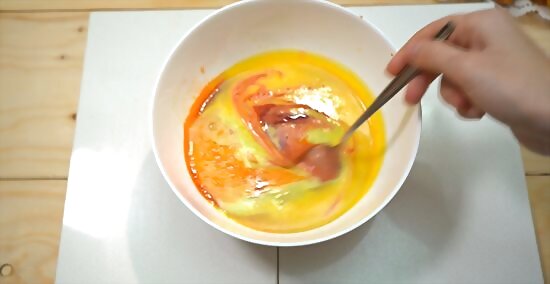
Add oranges, kale, apples, and carrots to ginger beet juice. Prefer a hint of spice? This variation might just be for you. The ginger gives this juice a bit of a kick while the apples and oranges balance out the earthiness of the carrots and beets. If you're using a juicer, put your oranges in first, kale second, apples third, carrots fourth, beets fifth, and ginger last. Give your juice a quick stir to thoroughly mix the flavors. With a blender or food processor, pour in about 1/3 cup (79 ml) of apple juice.
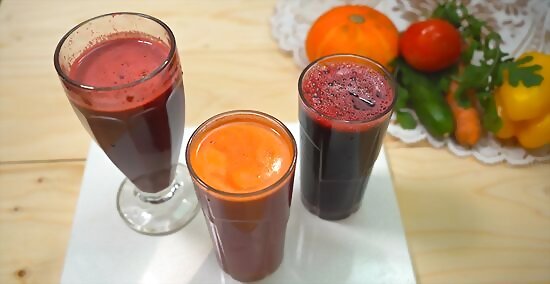
Experiment with other ingredients to make your own favorite blend. You can play around with beetroot juice just like any other veggie juice to create your own concoction. Here are some ingredients that work well with beets: Sweeteners: honey, agave, stevia, maple syrup Fruits: watermelon, apple, lemon, lime Vegetables: cucumber, carrots, leafy greens Supplements: ginger, turmeric, chia seeds
















Comments
0 comment